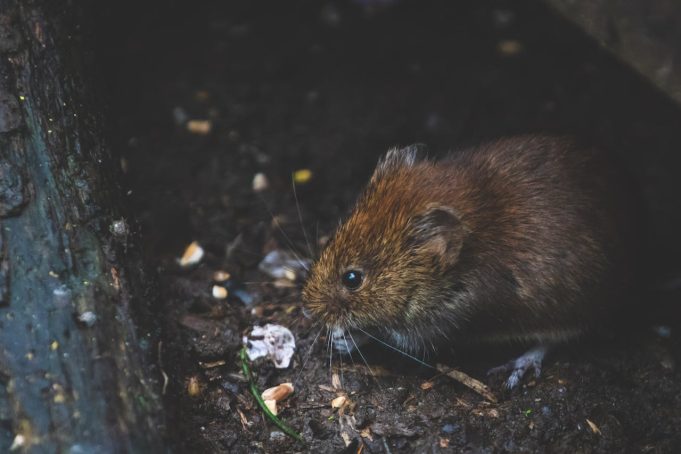Museums are guardians of history, culture, and knowledge, preserving invaluable artifacts for future generations. However, these treasured collections are housed in buildings that are under constant threat from various pests, including insects, rodents, and microorganisms. These pests are capable of causing irreparable damage.
Implementing preventative pest control measures, such as using a rodent exterminator is often crucial for museums to be able to protect their collections and maintain their integrity.
Here are some key strategies museums can employ to safeguard their premises against pest infestations.
Regular Inspections and Monitoring
Regular inspections and monitoring are the first lines of defence in pest management. Museums should establish routine inspection schedules to identify potential infestations early. This involves checking for signs of pest activity, such as droppings, nesting materials, and damage to objects or structures.
Monitoring can be facilitated through the use of traps and detection devices, which can help identify the type of pests present and their entry points. Early detection allows for timely intervention. This means you can prevent a minor issue from escalating into a major infestation.
Climate Control
Pests are often attracted to environments that offer them optimum conditions for survival, such as optimal temperature, humidity, and light. Museums can deter pests by maintaining a controlled climate that is less hospitable to them.
This includes keeping humidity levels low to prevent mould and mildew growth, which can encourage insects. Room temperature should also be regulated, as extreme conditions can either attract or deter pests. Proper ventilation and air filtration systems can further discourage pests by removing odours and airborne spores that might attract them.
Integrated Pest Management
Integrated Pest Management is a holistic approach that focuses on long-term prevention of pests through a combination of techniques. Strategies for museums might include structural repairs to seal entry points, the use of non-toxic traps and repellents, and the adoption of cleaning protocols that reduce the availability of food and water for pests.
By addressing the root causes of infestation, it minimizes the need for chemical interventions, thereby protecting the museum’s collections from potential damage caused by pesticides.
Proper Storage and Display Practices
Implementing proper storage and display practices is vital in preventing pest infestations. This includes using pest-proof materials for storage containers and display cases, such as metal or glass, which are less penetrable by pests compared to wood or cardboard.
Items should be stored off the ground and away from walls to minimize hiding spots for pests and facilitate easier inspection. Regular cleaning and maintenance of storage and display areas can also remove potential food sources and nesting materials for pests.
Staff Training and Awareness
Educating museum staff and volunteers about pest management is essential. Training programs should cover the identification of pests, understanding their behaviour, and recognizing the early signs of infestation.
Staff should also be trained in the proper handling and storage of artifacts to minimize the risk of attracting pests. Awareness programs can empower staff to take proactive steps in pest prevention and ensure prompt reporting of potential issues.
Quarantine and Treatment of Infested Items
When new items are acquired or loaned items are returned, they should be quarantined and inspected for pests before being added to the collection. If pests are detected, appropriate treatment methods, such as freezing, anoxia (oxygen deprivation), or controlled heating, should be employed to eradicate the pests without damaging the items.
This quarantine process prevents the introduction of pests into the museum’s existing collections.
Collaboration with Pest Management Professionals
Finally, museums should collaborate with professional pest management services that specialize in cultural heritage preservation. These experts can provide tailored advice, conduct thorough inspections, and implement safe and effective pest control strategies.
Regular consultations with professionals can ensure that museums stay updated on the best practices in pest management and have access to the latest technologies and treatments.
By adopting these seven preventative measures, museums can significantly reduce the risk of pest infestations. This ensures the preservation and protection of their collections for future generations.














